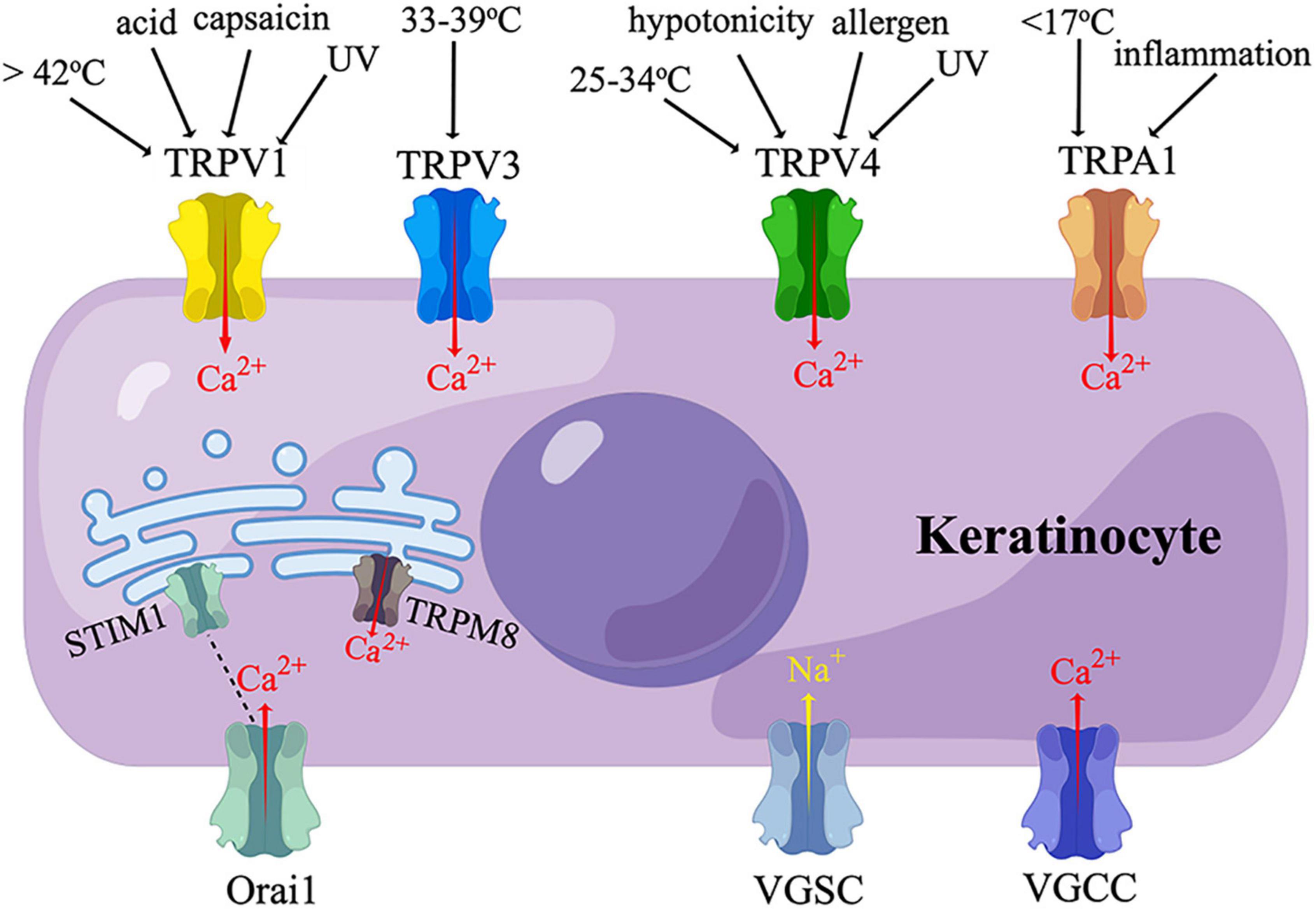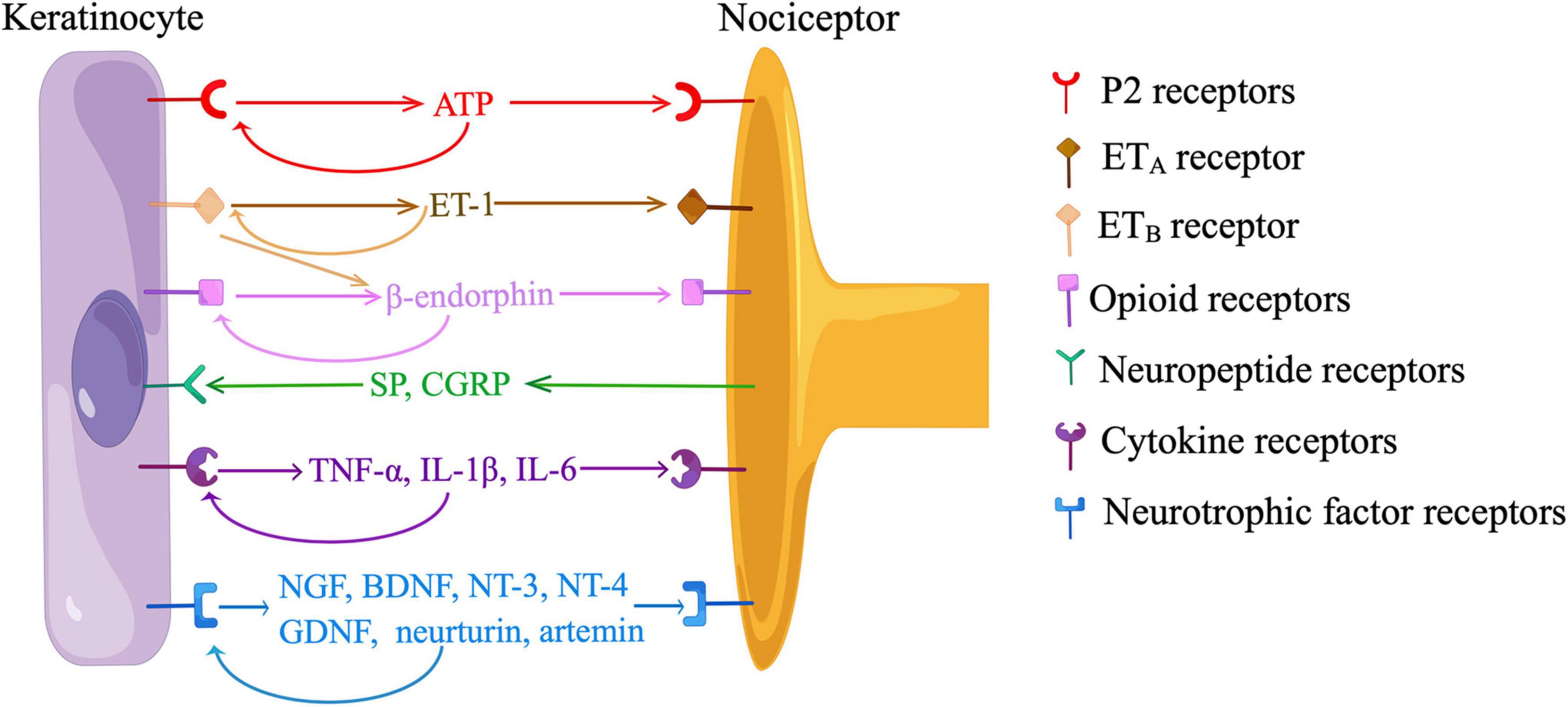The differences between the MARCO and SR-A1 structures (By Figdraw).

Download scientific diagram | The differences between the MARCO and SR-A1 structures (By Figdraw). MARCO has a longer collagenous domain and does not have the α-helical coiled-coil domain that is present in SR-A1; MARCO directly binds ligands via the SRCR domain, whereas SR-A1 primarily binds ligands through its collagenous domain from publication: The application of MARCO for immune regulation and treatment | Macrophage receptor with collagen structure (MARCO) is a member of scavenger receptor class A (SR-A) and shares structural and functional similarities with SR-A1. In recent years, many studies have shown that MARCO can trigger an immune response and has therapeutic potential | Immunochemistry, Immunotherapy and B Cells | ResearchGate, the professional network for scientists.

Microbiota-mediated shaping of mouse spleen structure and immune function characterized by scRNA-seq and Stereo-seq - ScienceDirect

IJMS, Free Full-Text

NLRP3 Inflammasome Mediates Silica-induced Lung Epithelial Injury and Aberrant Regeneration in Lung Stem/Progenitor Cell-derived Organotypic Models

IJMS, Free Full-Text

Frontiers Emerging roles of keratinocytes in nociceptive transduction and regulation

The huge potential of targeting copper status in the treatment of colorectal cancer

Targeted Imaging in Atherosclerosis

BJNANO - Search Results

The application of MARCO for immune regulation and treatment

Pan-cancer structurome reveals overrepresentation of beta sandwiches and underrepresentation of alpha helical domains

The application of MARCO for immune regulation and treatment

Frontiers Emerging roles of keratinocytes in nociceptive transduction and regulation

Pan-cancer structurome reveals overrepresentation of beta sandwiches and underrepresentation of alpha helical domains

Research progress of microglial surface receptors in perioperative neurocognitive disorders - Tang - Ibrain - Wiley Online Library

Role of MicroRNAs in Dietary Interventions for Obesity and Obesity-Related Diseases